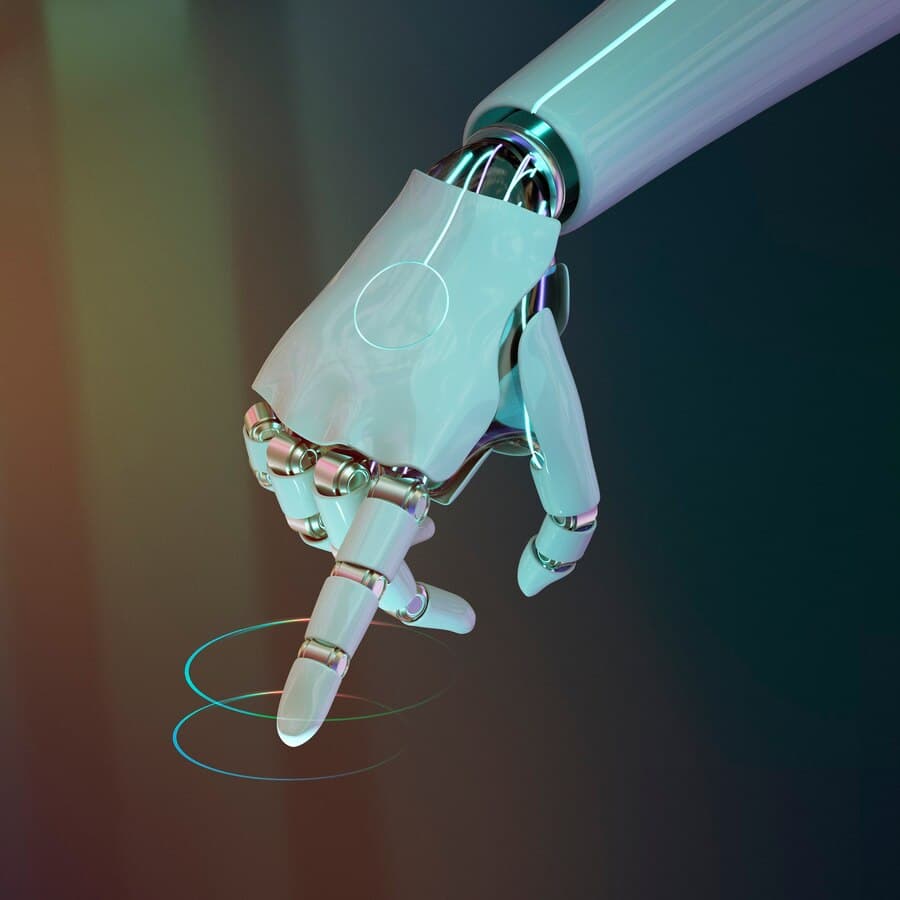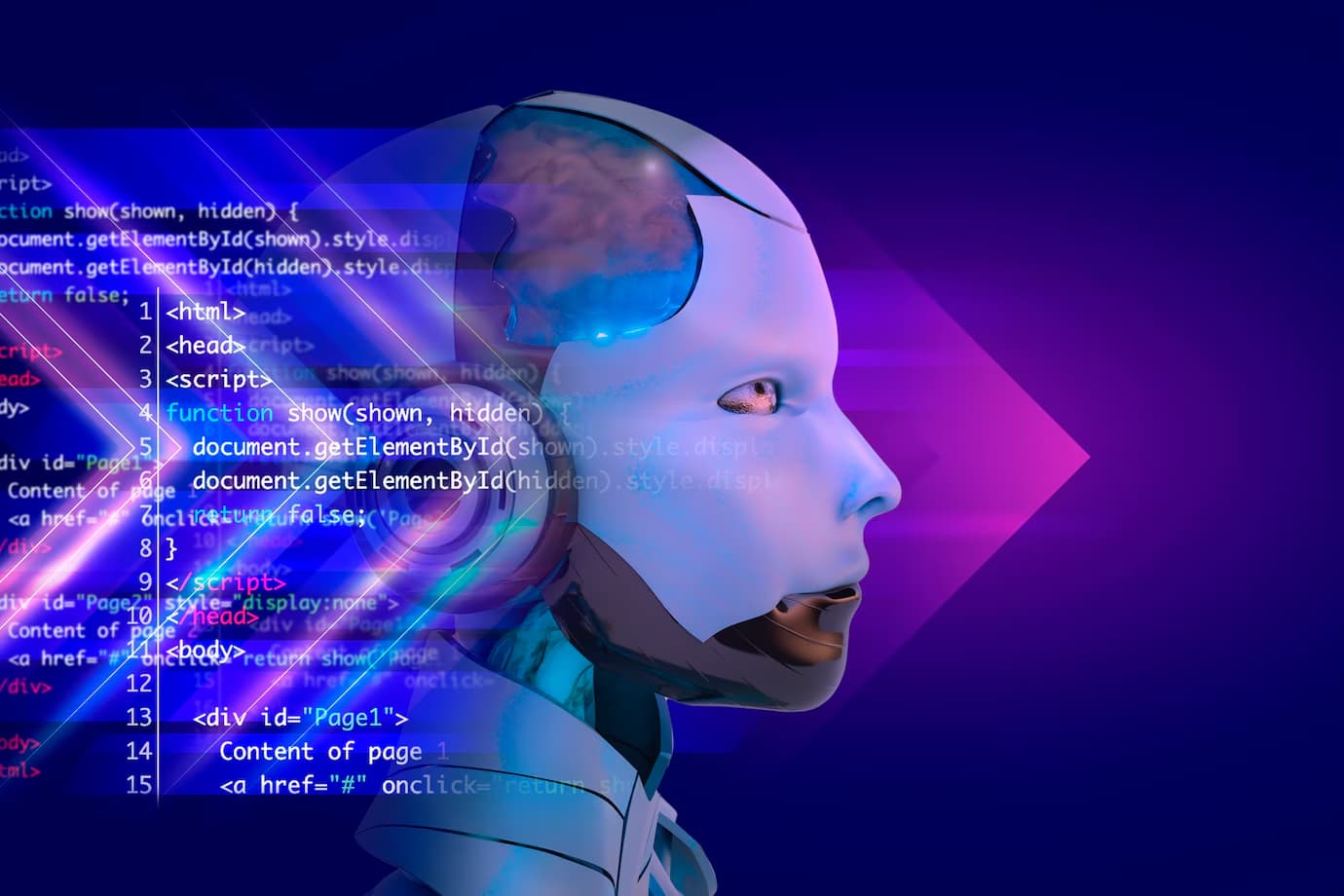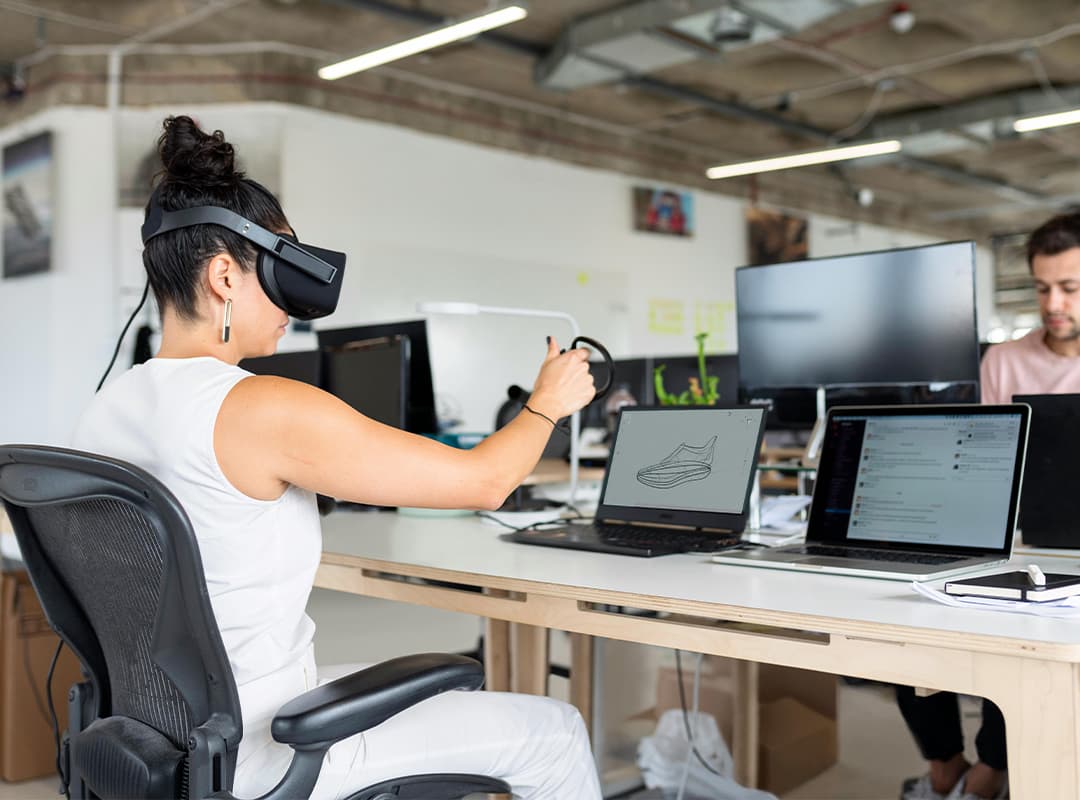Artificial Intelligence (AI) and simulation are two of the most transformative technologies in the modern world. Separately, they have already reshaped numerous industries, but when combined, they offer unprecedented problem-solving capabilities. From optimising logistics and predicting financial trends to advancing healthcare and engineering, AI-driven simulations are providing solutions that were previously unimaginable. This article explores how AI and simulation work together, their key applications, and why this combination is revolutionising problem-solving across multiple sectors.
How AI Enhances Simulation
Simulation is a well-established method used in various fields to model real-world systems and predict possible outcomes. However, traditional simulations often rely on predefined rules and equations, making them limited in scope and adaptability. AI, particularly machine learning, enhances simulation by introducing adaptive learning mechanisms that allow systems to evolve and improve over time.
Machine learning algorithms can analyse vast datasets, identify patterns, and refine simulations dynamically. Instead of relying on static inputs, AI-powered simulations adjust to real-time data, making them more accurate and applicable to real-world challenges. Deep learning models, in particular, enable simulations to process complex relationships within a system, leading to better decision-making and optimisation.
Additionally, reinforcement learning—a type of AI that learns by trial and error—has significantly improved simulations. AI agents can run thousands of simulations per second, refining strategies, predicting failures, and optimising systems without human intervention. This allows industries to create highly efficient models with greater predictive accuracy.
Key Applications of AI-Powered Simulations
AI-powered simulations are reshaping industries by providing data-driven insights and predictive capabilities. Their ability to analyse vast datasets and generate highly accurate models makes them indispensable in solving complex problems.
1. Healthcare and Medical Research
AI-driven simulations are making significant advancements in healthcare. They are being used to predict disease progression, optimise treatment plans, and even simulate surgeries before performing them on actual patients. AI models trained on medical data can simulate the effects of drugs on the human body, reducing the time needed for drug development and improving the precision of personalised medicine.
Moreover, AI-powered simulations help train medical professionals. Virtual reality (VR) and AI-driven medical simulations allow doctors to practice complex procedures in a risk-free environment, improving patient safety and the overall quality of healthcare.
2. Engineering and Manufacturing
Engineering fields, particularly aerospace and automotive industries, have long relied on simulations to test designs before production. AI enhances these simulations by making them more adaptive and realistic. Generative design algorithms, for example, allow engineers to create optimised designs that consider weight, strength, and material efficiency without manual intervention.
In manufacturing, AI-powered simulations help predict potential equipment failures, optimise production lines, and reduce downtime. Predictive maintenance, powered by AI simulations, enables companies to address mechanical issues before they occur, saving time and resources.
3. Finance and Economic Forecasting
Financial institutions are leveraging AI-driven simulations to model market trends and predict economic shifts. AI-powered risk assessment tools use simulations to forecast stock market fluctuations, optimise investment strategies, and detect fraudulent transactions.
In banking and fintech, AI-driven simulations assess the impact of economic policies, helping governments and businesses make informed decisions. By simulating multiple scenarios, financial experts can anticipate economic downturns and adjust strategies accordingly.
4. Urban Planning and Traffic Management
As cities become more complex, urban planners are using AI simulations to model traffic flow, optimise public transportation, and design sustainable infrastructure. AI algorithms analyse traffic patterns, weather conditions, and human behaviour to predict congestion and suggest real-time solutions.
Additionally, AI simulations help in disaster response planning. By modelling various disaster scenarios, such as earthquakes or floods, emergency response teams can prepare strategies to minimise damage and save lives.
5. Climate Science and Environmental Protection
AI-powered simulations play a crucial role in climate research. Scientists use AI-driven models to predict the effects of climate change, simulate extreme weather conditions, and develop sustainable solutions for reducing carbon footprints.
For instance, AI simulations help energy companies optimise renewable energy sources by forecasting wind and solar power availability. By predicting energy consumption patterns, AI assists in creating efficient grids that reduce energy waste and promote sustainability.
Challenges and Future Prospects

While AI-driven simulations offer immense potential, they also present challenges. High computational costs, data privacy concerns, and the need for interpretability in AI decision-making remain significant obstacles. Ensuring that AI-generated simulations remain unbiased and ethically sound is a growing concern, particularly in sensitive industries like healthcare and finance.
However, as AI continues to evolve, its integration with simulation will become even more sophisticated. Quantum computing, for example, is expected to accelerate AI-driven simulations, allowing for near-instant problem-solving at an unprecedented scale. As these technologies advance, we can expect AI-powered simulations to become an even more essential tool for tackling the world’s most complex challenges.
Conclusion
The combination of AI and simulation is revolutionising the way industries approach problem-solving. From improving healthcare outcomes and optimising urban infrastructure to predicting economic trends and combating climate change, AI-powered simulations provide powerful, data-driven insights that drive innovation. As technology continues to advance, the synergy between AI and simulation will only grow stronger, unlocking new possibilities for tackling global challenges with greater accuracy and efficiency.



